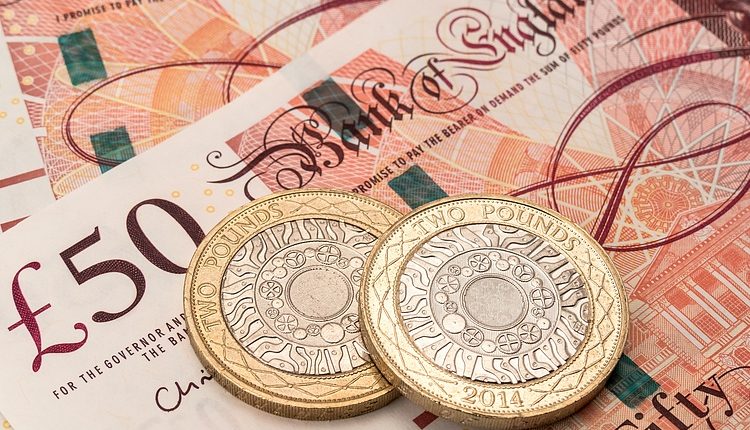- The Pound Sterling bounces slightly against its major peers despite market experts seeing more interest rate cuts by the BoE in 2025 compared to market pricing.
- Goldman Sachs sees the BoE reducing interest rates in each quarter of the next year.
- The US Dollar flattens in illiquid trading conditions before New Year celebrations.
The Pound Sterling (GBP) rises to near 1.2600 against the US Dollar (USD) at the start of the week. However, low volatility is expected from the GBP/USD pair due to thin trading volume conditions before New Year celebrations. The US Dollar Index (DXY), which tracks the Greenback’s value against six major currencies, drops below 108.00 but is set to end the year with almost 6.7% gains.
The USD performed strongly this year even though the Federal Reserve (Fed) reduced its key borrowing rates by 100 basis points (bps) to 4.25%-4.50%. The Greenback has gained significantly in the last three months after Republican Donald Trump’s victory in the United States (US) Presidential election as policies such as immigration control, higher import tariffs, and lower taxes are expected to be inflationary and pro-growth.
The Fed has also signaled fewer interest rate cuts in 2025 amid strong economic growth prospects, a slowdown in the disinflation trend, and better labor market conditions than previously forecasted. However, Fed Chair Jerome Powell refrained from guiding the likely impact of Trump’s policies on the economy.
“It is very premature to make any kind of conclusions,” Powell said on December 18. “We don’t know what will be tariffed, from what countries, for how long, in what size,” he added.
This week, the major trigger for the Pound Sterling and the US Dollar will be final estimates for S&P Global and the US ISM Manufacturing Purchasing Managers’ Index (PMI) data for December.
Daily digest market movers: Pound Sterling rebounds despite marginal rise in BoE dovish bets
- The Pound Sterling rebounds against its major peers in Monday’s North American session. The British currency recovers slightly despite a mild increase in the Bank of England’s (BoE) dovish bets for 2025.
- Traders price in a 53-basis points (bps) interest rate reduction for the next year, up from the 46 bps estimated after the policy announcement on December 19, when the Bank of England (BoE) left borrowing rates unchanged at 4.75% with a 6-3 vote split. Before the policy announcement, market participants were anticipating that only one Monetary Policy Committee (MPC) would vote for a rate cut.
- The BoE has been the slowest among European and North American nations to reduce interest rates this year. The BoE has reduced its key borrowing rates by 50 bps, while other peers such as the Federal Reserve (Fed) and the European Central Bank (ECB) pushed their borrowing rates lower by 100 bps. The Bank of Canada (BoC) and the Swiss National Bank (SNB) lowered interest rates by even more due to higher risks of inflation undershooting their respective targets.
- “UK wage growth and services inflation have remained notably stickier than elsewhere, despite signs of material labor market rebalancing,” analysts at Goldman Sachs said in a note. “As a result, the BoE has been more cautious than other major central banks,” they added. However, the investment banking firm expects continued quarterly cuts through 2025, more than what markets expect, as a “weaker labor market cools underlying inflation.”
Technical Analysis: Pound Sterling broadly trades sideways near 1.2600
The Pound Sterling trades broadly sideways against the US Dollar below 1.2600 on Monday. The outlook of the GBP/USD pair remains vulnerable as it trades below the upward-sloping trendline around 1.2600, which is plotted from the October 2023 low of 1.2035.
All short-to-long-term Exponential Moving Averages (EMAs) are sloping down, suggesting a strong bearish trend in the long run.
The 14-day Relative Strength Index (RSI) hovers around 40.00. A fresh downside momentum could trigger if the oscillator sustains below this level.
Looking down, the pair is expected to find a cushion near the April 22 low at around 1.2300 if it breaks below the immediate support of 1.2485. On the upside, the December 17 high at 1.2730 will act as key resistance.
Read the full article here

